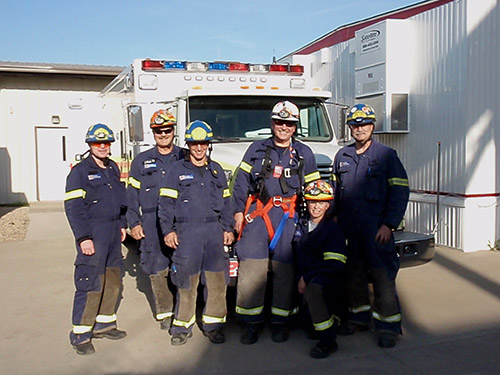
If you are unsure as to whether a CSRS team is required, then OnSite will undertake a site risk assessment for you and advise on the safeguards that you need to put in place. These should include making provision for extracting workers from the confined space and making provision for first-aid equipment (including resuscitation equipment) where the need can be foreseen.Ī confined space rescue team would most commonly be required when carrying out works in high risk confined spaces as determined by the risk assessment. When would you need a confined space rescue team?Ĭonfined Space Regulations 1997 (Regulation 5 Emergency arrangements) requires that no one should enter or work in a confined space unless there are emergency arrangements in place that are appropriate for the level of risk involved in the task/space. Larger teams are often utilised with numbers dependent on the conditions and the nature of the operation. Our CSRS team (minimum of three) consists of a team lead who coordinates activities from outside of the confined area and at least two crew members operating within the confined space. We are specialists in the rescue and recovery of victims trapped within a confined space, or in an area that is only accessible through confined spaces, such as underground vaults, storage tanks and sewers.Ĭonfined space rescues can be extremely challenging, not only due to space restrictions but other key factors such as poor visibility and hazardous materials, whether liquid or gas, which can impact significantly on oxygen levels-unless you have the training and equipment you should not enter. We assist you in making the access and egress for personnel and equipment as safe as possible, along with the reassurance of an effective response and rescue service in the event of an emergency. With extensive experience of confined space projects worldwide, we can assist with your assessment and management of these projects. OnSite’s Confined Space Rescue & Support Team are specialists when it comes to operating in difficult conditions. Wastewater quality / contaminant source tracking.Under Pressure Valve/ Hydrant Replacement.Nationally Recognised Training is regulated by the Australian Skills Quality Authority (ASQA), which is the national regulator for Australia’s vocational education and training sector. In alignment with industry expectations and to ensure ongoing competence and capability ERGT recommends skills maintenance be conducted every 2 years.

Trainees will demonstrate their competence through direct observation, written assessment and practical exercises. Practical activities include such as simulate call-out practical activities based on the rehearsed rescue plans using simulated confined space vessels, as well as conduct a rescue plan rehearsals for different simulated confined spaces. This specialised equipment includes Spine Boards, Roll Up Stretchers and Breathing Apparatus sets. This course is delivered through classroom presentations, activities and participant discussion as well as practical components within a simulated workplace environment using specialised equipment. Please contact ERGT if you require further clarification. You will not be able to meet competency if you do not comply with the requirements of the standard. Please read the AS/NZS 1715 Appendix B: Facial Seal of Respirators. Government-issued photo identification and a valid USI are required for course registration. Please contact ERGT for any concerns regarding completion of practical training and assessment requirements and to discuss options for reasonable adjustments.
#CONFINED SPACE RESCUE TEAM VERIFICATION#
Evidence of the following must be provided to ERGT for verification prior to course commencement:

In order for ERGT to deliver the training and assessment in the time frame specified for this course, trainees are required to come to the course with a specific range of skills and knowledge.



 0 kommentar(er)
0 kommentar(er)
